
The blog provides insights on cracked teeth syndrome survival rates in terms of its types and treatment outcomes (monitoring, RCT, restorative treatments).
[read the full story...]
The blog provides insights on cracked teeth syndrome survival rates in terms of its types and treatment outcomes (monitoring, RCT, restorative treatments).
[read the full story...]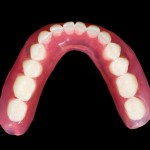
This review comparing the use of narrow-diameter and regular diameter dental implants for supporting mandibular overdentures included 8 studies reported in 12 publications. While the findings suggest no differences between narrow and regular implants supporting mandibular overdentures the findings should be viewed cautiously as the quality of evidence is limited in quality and quantity and also short-term in nature.
[read the full story...]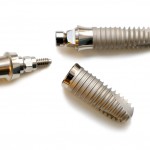
This review of marginal bone loss and implant survival rate of tilted implants compared with those of axial implants for implant-supported fixed partial dentures (ISFPDs) included 9 studies. The findings suggest no different in survival rates between the two implant types but the possibility of more marginal bone loss with tilted implants.The quality of evidence is low.
[read the full story...]
This review comparing implant and prosthetic survival with narrrow and regular dental implant diameters included 7 studies.The findings suggest no differences between the two types of implant but 5 of the 7 studies are retrospective and only 4 have a follow-up period of 5 years of more.
[read the full story...]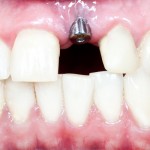
This review of the clinical performance and complications of single crowns retained by the locking taper system included 12 studies. The findings indicate that the locking taper system had similar performance to the conventional Morse taper system although none of teh studies included direct comparisons.
[read the full story...]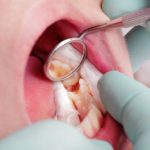
This review assessing the durability of self-adhesive resin bonding, postoperative sensitivity, and the overall survival rate of indirect restorations compared to total-etch, selective-etch, and self-etch adhesives includes 9 RCTs.
[read the full story...]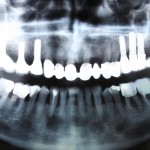
This review of the outcomes of early and delayed loading of dental implants included 18 RCTs. The findings suggest that early and delayed loading protocols had similar clinical outcomes. However none of the included studies was at a low risk and 13 of the 18 studies were considered to be at high risk of bias. While the findings are similar to other reviews teh availabel evidence is of low to very low certainty.
[read the full story...]
This review assessing the effect of radiotherapy on the survival of dental implants in patients with head and neck cancer included 7 studies involving a total of 441 patients. implant survival rate was lower in irradiated patients with odds ratio = 4.77 (95%CI; 2.57 to 8.89) based on 4 studies.
[read the full story...]
This review comparing the survival rate, marginal bone loss and clinical complications between extra-short implants (≤6 mm) and 6-mm-longer implants included 17 RCTs. While teh findings suggest no differences at 3 years the included studies are generally small and none of them were at low risk of bias.
[read the full story...]
This review comparing patient-reported outcome measures (PROMs) and clinical outcomes associated with implant-supported overdentures and fixed prostheses in edentulous mandibles included 10 small studies. While the findings suggest better PROMS with fixed prosthesis the available evidence is limited in quality and quantity.
[read the full story...]